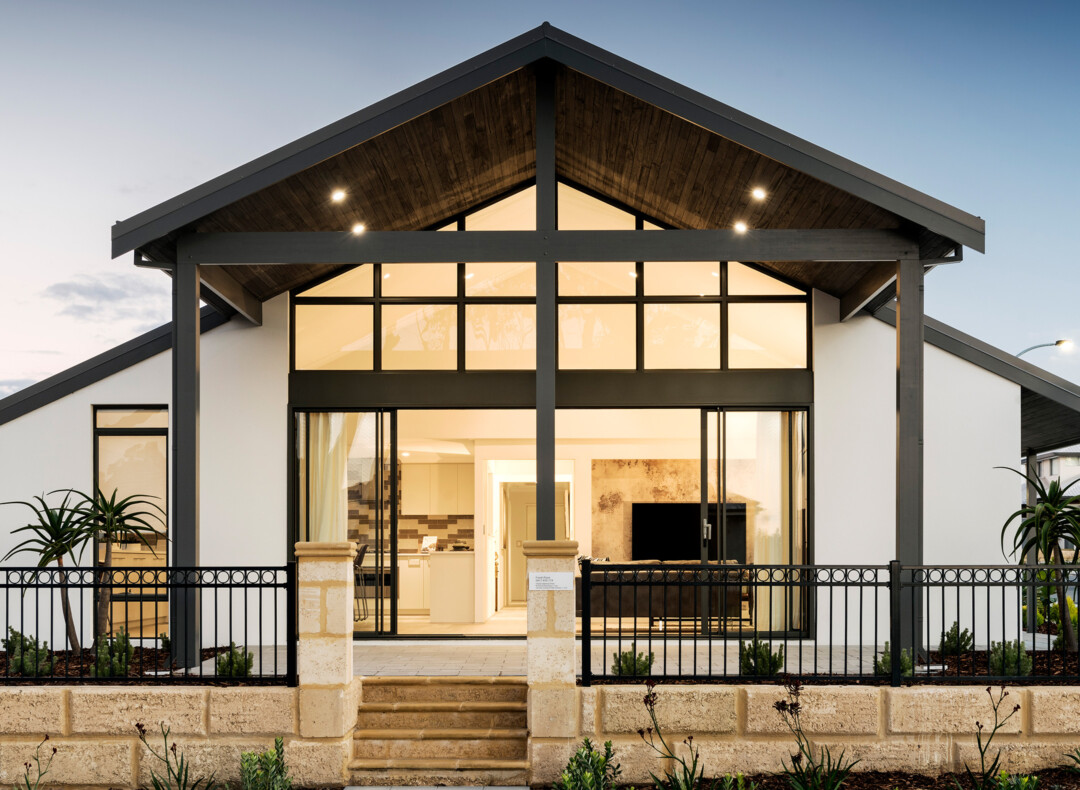All Categories
Featured
Table of Contents
The Science Behind Double Glazed Windows in South Fremantle Western Australia
Laminated glass is frequently used in areas in the house most prone to injury from human impact such as restrooms, doors, around staircases and in locations close to the flooring (it meets the requirements of 'shatterproof glass' that is mandated for usage in these areas by Australian Basic AS 1288 Glass in structures).
Toughened glass has been 'tempered' by being reheated and quickly cooled again. This process makes it much stronger than basic glass it can withstand greater effect loads prior to breaking. It also makes it more secure due to the fact that, when it does shatter, it burglarizes lots of small cubic pieces rather than unsafe fragments.
Double Glazed Windows Melbourne in South Lake Perth
Toughened glass has no thermal or acoustic benefits over other glass of the same toning or density. Secondary glazing is where single-glazed windows are retrofitted with a transparent acrylic or glass sheet connected to the within of the frame or openable sash with a secondary frame or with magnetic strips.


Secondary glazing will not perform also thermally as a produced IGU, given that it is impossible to absolutely seal the perimeter, however it can provide great noise control. Window movies are a thin polymer movie containing an absorbing color or reflective metal layer, with an adhesive support. They stick to your glazing to alter its colour or make it reflective.
How To Retrofit Your Windows With Double Glazing, And Keep ... in Jolimont Western Australia
Applied to existing glass, some window films can halve the total SHGC of the window by soaking up and/or reflecting solar radiation. This can be particularly beneficial in hotter environments where cooling is the main concern, or on east and west elevations directly exposed to extended periods of sunshine. Nevertheless, window movies might also decrease visible light transmittance.

For this factor, it is usually best to use a certified installer of window movie. Frames have a significant effect on the thermal efficiency of windows and doors, due to the fact that energy can be acquired and lost through the frame, in addition to through the glass. Different types of frame will permit various levels of heat gain and loss, so mindful option of frame is very important for effective passive style.
Why Install Stunning Double Glazing Windows During Summer? in Mount Hawthorn Perth
Aluminium is also an extremely excellent conductor of heat and will reduce the insulating worth of a glazing system, unless specifically engineered to reduce this. A 'thermally broken' frame is comprised of 2 aluminium areas linked by a structural insulator (generally a low-conductivity structural polymer). This 'breaks' the thermal connection through the aluminium and decreases the heat flowing through the frame.
Timber frames are a great natural insulator that can fit some home styles. Wood frames must be made from species that have naturally high resilience or be treated to avoid decay and contortion.
Save Energy With Double Glazed Windows in South Guildford Perth
This can result in gaps that allow air infiltration unless great draught sealing (weather condition stripping) is set up. u, PVC is a type of plastic (unplasticised polyvinyl chloride, likewise known as stiff PVC). u, PVC frames offer excellent thermal performance, typically better than lumber or thermally broken aluminium. u, PVC is long enduring and requires extremely little upkeep, and can be moulded into intricate profiles that provide exceptional air seals.
u, PVC doors and windows have exceptional thermal efficiency Photo: Ben Wrigley (Light House Architecture and Science) Composite frames utilize aluminium profiles on the outer sections with either a lumber or u, PVC inner area. These integrate the low upkeep and resilience of aluminium with much improved thermal efficiency.
Latest Posts
Faq in Bedfordale Perth
What Are Double Glazed Windows? - Build in Duncraig Western Australia
Single Glazed Vs Double Glazed Windows - Ultimate Guide in Kensington Perth